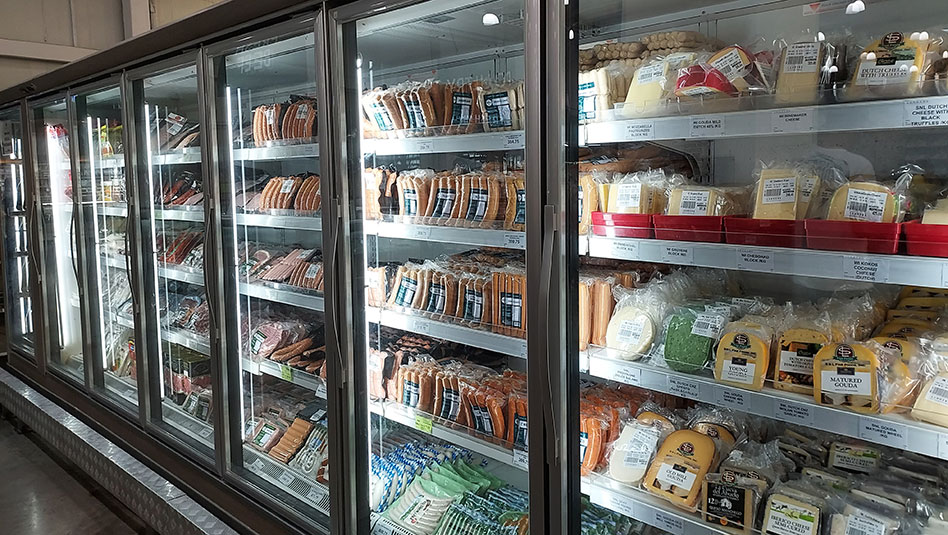Country: Korea
Access this content:
If you are an existing investor, log in first to your Metrobank Wealth Manager account.
If you wish to start your wealth journey with us, click the “How To Sign Up” button.

Fundamental View
AS OF 05 Nov 2025Woori FG’s performance record had been less consistent than some of its more commercially focused peers but improved in FY21-22. Its FY23 performance lagged behind its peers, but FY24 profit growth was peer-leading, partially thanks to not having the ELS compensation issue which hit the other three FGs in 1Q24. 9M25 performance was softer again due to several one-offs.
Asset quality used to be a strength with the lowest NPL ratios and credit costs among the four FGs but has deteriorated since 2Q23, and we no longer see a gap with the other FGs.
Capital standing is a relative weakness but is closer than ever before to that of its peers on the back of active portfolio management.
Business Description
AS OF 05 Nov 2025- Woori's predecessor banks were rescued by the Korea Deposit Insurance Corporation (KDIC) following the 1997 Asian Financial Crisis.
- Woori Bank is one of Korea's 'Big Four' commercial banks. It previously owned two regional banks, Kwangju and Kyongnam, but these were spun off in 2014. Woori also sold its stake in Woori Investment Securities and its savings bank and life insurance arms to NH Financial Group.
- Woori set up a HoldCo (Woori FG) in January 2019 to expand into more diversified business lines, particularly investment banking. It used to have a HoldCo, but it was dissolved in 2014 when it was merged with Woori Bank.
- Its main subsidiaries are 100%-owned Woori Card, Woori Financial Capital (auto leasing), Woori Investment Bank and 72.3%-owned Woori Asset Trust. In August 2024, the group relaunched securities business by acquiring Korea Foss Securities and merging it with Woori Investment. The group also acquired a 75.34% stake in Tongyang Life and full ownership of ABL Life and has consolidated them since 1 July 2025.
Risk & Catalysts
AS OF 05 Nov 2025Woori FG was for many years majority-owned by the Korean government via the Deposit Insurance Corporation (KDIC), but KDIC has steadily sold down its shareholding, and Woori purchased and cancelled the remaining shares in 2024. That said, Woori FG remains a large, systemically important bank with strong potential government backing if needed.
Woori FG is less diversified than KB and Shinhan, with most of its earnings coming from the bank and small contributions from the card and leasing businesses. The group has accelerated its M&A pace since 2024; it relaunched securities business and acquired two insurance companies. However, It will likely take more time than expected for the new non-banking segments to make a meaningful contribution to the group.
Loan growth is expected to be more challenging given tighter regulation on mortgage lending.
Key Metric
AS OF 05 Nov 2025| KRW bn | FY21 | FY22 | FY23 | FY24 | 9M25 |
|---|---|---|---|---|---|
| Pre-Provision Profit ROA | 0.99% | 1.15% | 1.10% | 1.17% | 1.07% |
| ROA | 0.66% | 0.70% | 0.54% | 0.61% | 0.71% |
| ROE | 10.6% | 11.5% | 8.3% | 9.3% | 10.9% |
| Provisions/Loans | 0.17% | 0.26% | 0.53% | 0.45% | 0.52% |
| NPL Ratio | 0.30% | 0.31% | 0.35% | 0.57% | 0.70% |
| Woori Bank CET1 Ratio | 13.0% | 12.7% | 13.2% | 13.1% | 14.5% |
| Equity/Assets | 6.45% | 6.58% | 6.71% | 6.83% | 6.33% |
| Net Interest Margin Bank + Card | 1.62% | 1.84% | 1.82% | 1.70% | 1.72% |
CreditSight View Comment
AS OF 31 Oct 2025Woori FG was for some years the weakest of Korea’s Big 4 Financial Groups. Operating performance had shown an improvement for a few years but disappointed in FY23. FY24 results were peer-leading, mainly supported by non-interest income, but 9M25 results lagged again (excl. purchase gains). The group has been seeking opportunities to expand its non-bank businesses. Its new securities entity launched in Aug-24 and the acquisition of two insurance companies were completed in Jul-25. Both the group and the bank CET1 ratios are behind peers, but a strong improvement from earlier. The bank LCR is low at ~107% and NSFR is acceptable at ~112%. We have a M/P recommendation based on senior ’29 trading levels. As a systemically important bank, government support is assured.
Recommendation Reviewed: October 31, 2025
Recommendation Changed: April 24, 2017
Featured Issuers
Bank of Philippine Islands

SK Hynix

Hyundai Motor


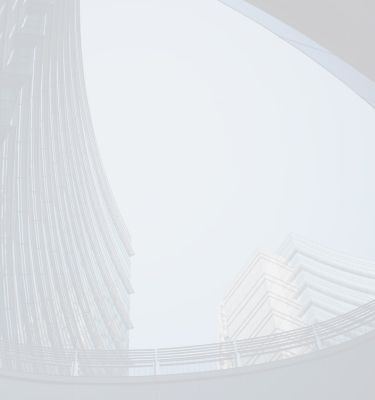
How may we help you?
Search topics about wealth insights and investments.Access this content:
If you are an existing investor, log in first to your Metrobank Wealth Manager account.
If you wish to start your wealth journey with us, click the “How To Sign Up” button.

Fundamental View
AS OF 05 Nov 2025Hana Financial Group (Hana FG) struggled for several years to make its acquisition of the former Korea Exchange Bank a success, but results improved dramatically in 2015 as revenues grew and cost efficiencies improved. It has produced strong results since 2020.
The group is looking for inorganic growth in its non-bank businesses as it has fallen behind Shinhan FG and KBFG in this area, but has so far shied away from a large acquisition.
Hana Bank has the highest CET 1 ratio among the Korean Big 4 banks.
Business Description
AS OF 05 Nov 2025- Hana FG is the third-largest financial group in South Korea. From small origins as a finance company in the 1970s, after the 1997 Asian crisis, Hana grew by acquiring three other banks, including the much older Seoul Bank, which had a banking and trust management business.
- Hana FG bought Korea Exchange Bank (KEB) from Lone Star in 2012 after overcoming many hurdles, but due to staff union opposition, it could not merge with Hana Bank until 2015.
- Hana FG's overseas business is smaller than its peers, and is complemented by KEB's extensive international operations. KEB was started in 1967 as a government-owned bank specializing in foreign exchange. It had a leading share in FX transactions and trade finance among Korean banks.
- Hana FG has shown good growth in its credit card and securities non-bank businesses, but is less diversified than its larger peers KB and Shinhan, which have also acquired insurance companies. Its latest acquisition (in 2019) was a 15% stake in Vietnam's state-owned Bank for Investment & Development (BIDV). In 2023, Hana FG decided not to proceed with the acquisition of KDB Life Insurance after two months of due diligence.
Risk & Catalysts
AS OF 05 Nov 2025Hana FG’s credit costs at ~30 bp in FY24 and 9M25 were lower than peers (in the range of 46-52 bp). However, the group’s NPL coverage ratio was also ~20-30 ppt behind peers.
NIMs are lower than those of KB and Shinhan at both the group and bank levels. The profit contribution from non-bank entities to group profits is also lagging behind these two peers. Both metrics are comparable to Woori’s.
Non-banking businesses have underperformed in recent years, with profit contributions falling from 20–30% in 2019–2021 to around 10%, primarily due to elevated provisions for domestic real estate project financing and valuation losses related to overseas commercial real estate.
Loan growth is expected to be more challenging given tighter regulation on mortgage lending.
Key Metric
AS OF 05 Nov 2025| KRW bn | FY21 | FY22 | FY23 | FY24 | 9M25 |
|---|---|---|---|---|---|
| Pre-Provision Profit ROA | 1.07% | 1.10% | 1.11% | 1.00% | 1.11% |
| ROA | 0.74% | 0.66% | 0.59% | 0.61% | 0.72% |
| ROE | 10.9% | 10.1% | 9.0% | 9.1% | 10.6% |
| Provisions/Loans | 0.16% | 0.34% | 0.46% | 0.32% | 0.29% |
| NPL Ratio | 0.32% | 0.34% | 0.50% | 0.62% | 0.73% |
| CET1 Ratio | 13.8% | 13.2% | 13.2% | 13.2% | 13.3% |
| Equity/Assets | 6.8% | 6.4% | 6.6% | 6.7% | 6.7% |
| Net Interest Margin | 1.66% | 1.83% | 1.82% | 1.69% | 1.72% |
CreditSight View Comment
AS OF 31 Oct 2025Hana FG grew through acquisitions but only in 2015 was it able to merge its two main bank units to form KEB-Hana Bank. Hana’s management has a good record but for some years struggled to extract value from its acquisitions. Its performance for the past few years has generally been strong. More focus has been put on RWA management and capital enhancement since 2H24. There is potential for further improvements in the non-bank segment. Hana’s credit costs were lower than those of its peers, but this has also resulted in the lowest NPL coverage ratio at ~105% among the four FGs. The bank LCR and NSFR are low at 106-107%. The group aims to maintain a CET1 ratio of 13-13.5%. We are downgrading it to U/P on tight valuations.
Recommendation Reviewed: October 31, 2025
Recommendation Changed: October 31, 2025
Featured Issuers
Bank of Philippine Islands

SK Hynix

Hyundai Motor



How may we help you?
Search topics about wealth insights and investments.Access this content:
If you are an existing investor, log in first to your Metrobank Wealth Manager account.
If you wish to start your wealth journey with us, click the “How To Sign Up” button.

Fundamental View
AS OF 21 Aug 2025- While the profit headwind related to tariffs could become a rating event over time, we expect the rating agencies to maintain their patient stance on Hyundai based on its solid market position and healthy pre-tariff profit margins, giving the company time to implement and execute tariff mitigation strategies before contemplating negative rating actions. We note that Hyundai’s biggest mitigation strategy involving the ramp of its US-based Metaplant is already underway and should reduce its reliance on vehicle imports for the US market from 60% to 30% over time.
Business Description
AS OF 21 Aug 2025- Hyundai Motor Co., Ltd. engages in the manufacture and distribution of motor vehicles and parts. It operates through the following business areas: Vehicle, Financial and Other. The Vehicle division offers motor vehicles. The Financial division provides financing, leasing and credit cards. The Other division includes manufacture of railways. The company was founded on December 29, 1967, and is headquartered in Seoul, South Korea.
- Hyundai Capital America benefits from a support agreement with Hyundai Motor (HMC). HCA investor relations confirmed its support (keepwell) agreement contains a fixed charge coverage provision that it views as particularly strong compared to other peers.
Risk & Catalysts
AS OF 21 Aug 2025- On a combined basis, HMG’s current FY25 guidance targets FY25 wholesale unit growth of 2% to 7.4 mn units, revenue growth of 5% to 6%, and a consolidated operating profit margin of 8.8% at the midpoint of the range for YoY margin contraction of 40 bp. Kia management expects 2H25 vehicle demand in the US to decline 10% YoY, which will likely lead to a reduction in HMG’s FY25 wholesale unit target. Hyundai management stated it expects a bigger tariff impact in 3Q25 and 4Q25 than 2Q25, which we believe is likely due to a combination of vehicle tariffs being in effect for the entire quarter instead of just two months in 2Q25, along with lower volumes.
- HMG targets continued growth of NEVs in 2H25, including a target of 100% growth in HEV sales. Given the end of the US $7,500 NEV consumer tax incentive at the end of 3Q25 and expected reduced emissions standards in the US, the company plans to leverage its flexible production system for ICE and NEVs to adapt to potential demand changes. Management previously noted its Metaplant in Georgia, which was originally designed to manufacture EVs, was being retooled to also produce HEVs and could potentially produce ICE vehicles in the future.
Key Metric
AS OF 21 Aug 2025| KRW bn | FY21 | FY22 | FY23 | FY24 | LTM 2Q25 |
|---|---|---|---|---|---|
| Revenue | 94,143 | 113,718 | 130,150 | 136,725 | 141,518 |
| EBIT | 5,459 | 8,950 | 15,440 | 14,189 | 12,233 |
| EBIT Margin | 5.8% | 7.9% | 11.9% | 10.4% | 8.5% |
| EBITDA | 10,015 | 13,998 | 20,387 | 18,476 | 15,331 |
| EBITDA Margin | 10.6% | 12.3% | 15.7% | 13.5% | 8.5% |
| Total Liquidity | 19,745 | 26,639 | 26,507 | 27,488 | 22,776 |
| Net Debt | (5,202) | (11,035) | (10,916) | (11,799) | (17,730) |
| Total Debt | 12,569 | 12,940 | 12,940 | 12,940 | 5,805 |
| Gross Leverage | 1.3x | 0.9x | 0.6x | 0.7x | 0.4x |
| Net Leverage | -0.5x | -0.8x | -0.5x | -0.6x | -1.0x |
CreditSight View Comment
AS OF 09 Dec 2025We maintain our Market perform recommendation on HMG notes based primarily on relative value following recent outperformance, tighter trading levels relative to the ICE BofAML IG Corporate index, and shorter duration of 2.6 compared to 6.6 for the broader index. We remain constructive on HMG from a fundamental standpoint based on the company’s solid global market position, our view its low-A credit rating should be secure in the near term, its growing new energy vehicle business, tariff mitigation initiative including vehicle onshoring in the US, and reduced tariff headwinds heading into 2026.
Recommendation Reviewed: December 09, 2025
Recommendation Changed: November 04, 2025
Featured Issuers
Bank of Philippine Islands

SK Hynix

Hyundai Motor






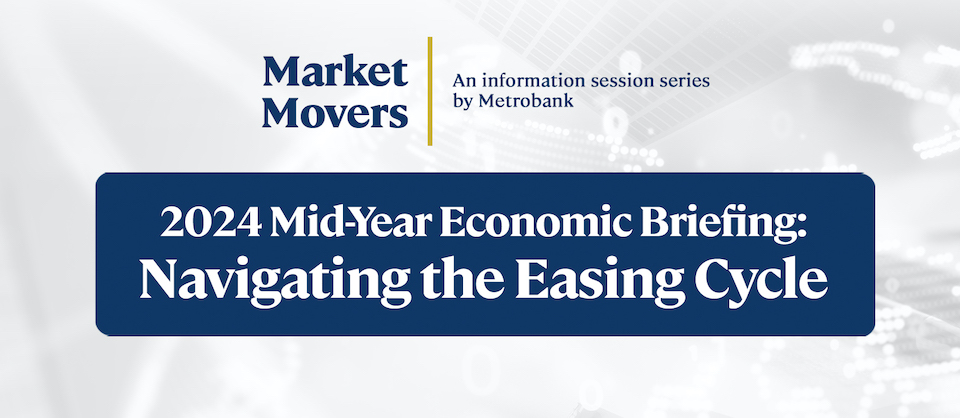
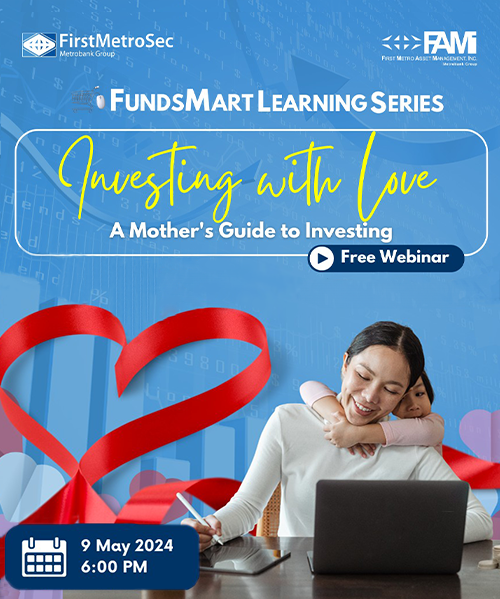

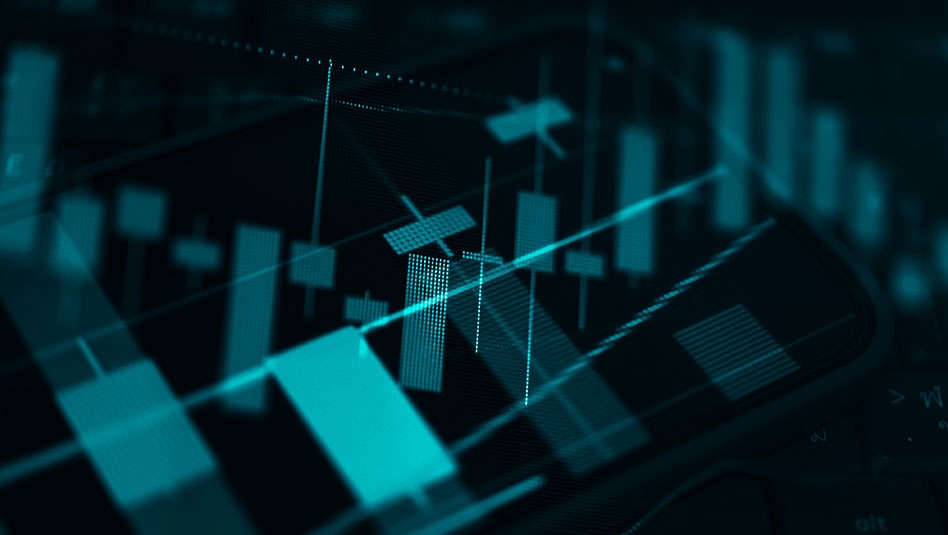
 DOWNLOAD
DOWNLOAD

